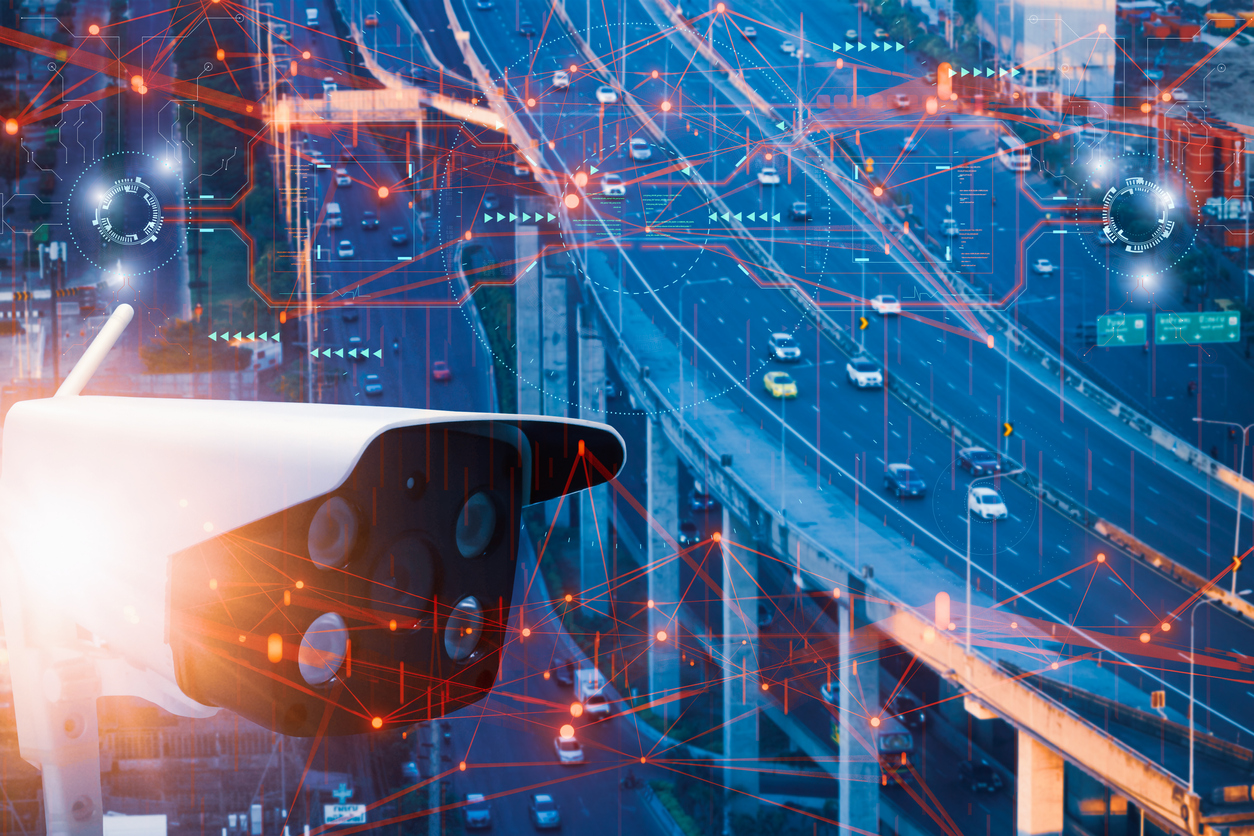
Today, artificial intelligence (AI) plays a critical role in license plate recognition (LPR) technology. LPR systems use image processing and machine learning techniques (software that learns from experience without explicit programming) to recognize license plate numbers from images captured by cameras.
One of the main challenges in LPR is to perform equally despite external factors such as lighting, angles, obstacles and variations. AI-powered LPR systems are trained on billboards in many different situations so they learn to recognize characters, even if the image is distorted, blurred or partially obscured; You can also update yourself and edit the entries yourself. Such features are the “finger ring” for LPR accuracy.
to learn? Training?
The most interesting feature of artificial intelligence is his. Ability to use human input as a guide decisions for the future; In LPR, a “training session” is when someone manually says what is “right and wrong” for each character in each board used for that session. The more the system is trained, the more it can learn to perform the task.
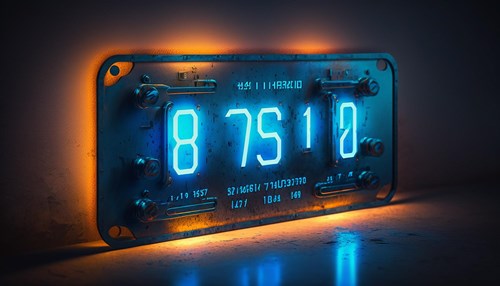
Artificial intelligence in license plate (images) processing
We use an AI model called Convolutional neural networks (CNNs) to process images captured by LPR cameras. It uses Inductive logicIt’s similar to what biologists have found in the brains of mammals, which, relatively speaking, have been described as “neural” networks.
Convolutional Neural Network creates many For the same image layers and applies filters (brightness, contrast, edge sharpening, grain, etc.) to make different features more visible and blend together The best information from each layer. Filters can be applied to each training image at different resolutions, and the output of each warped image serves as input to the next layer.
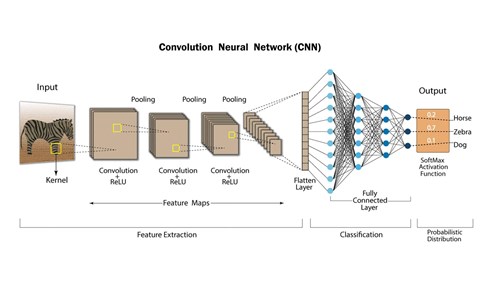
The caveat of these models is that they require high processing power; However, today’s powerful machines allow for surprisingly more layers of content Increase reading accuracyAlways high CPU load and high power consumption.
Human Genius vs. Machine brute force
Before the general use of CNN, image analysis was developing. Deductive processing functions Using complex mathematical algorithms created by experts. This task requires a lot of talent, time and energy but limited empirical data, mainly used to test the model.
Artificial algorithms are always challenging when it comes to intelligently adjusting them to achieve desired results. For LPR to be considered a reliable method for critical events, it should achieve an accuracy rate as close to 100% as possible. Einstein He said:
“As to the reality of the laws of mathematics, they are uncertain; As long as you are sure, it does not indicate the truth.“
On the subject, Jacques Juanais, Service CEOhe said:
“As we approached a 95% success rate, we started fine-tuning everything from the physical components to the highly-acclaimed algorithm (which we spent thousands of man-hours developing). We knew we were peaking… but it wasn’t enough.“
On the other hand, convolutional neural networks They do not require strong math or programming skills. But massive data collection and exploitation.
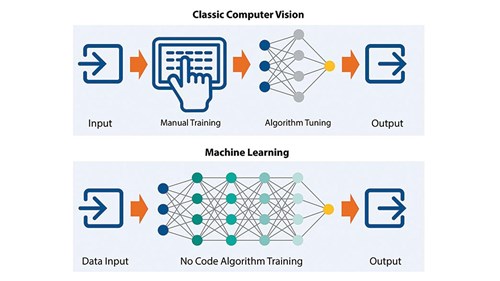
Thanks to modern CPU power, it has AI at its highest level. Democratic Image processing by removing the burden on artificial algorithms. As a result, building effective image processing systems is much faster and cheaper.
Service approach
Understanding the advantages of both paradigms, we have chosen Servise Combine the best of both worldsAn intelligent algorithmic approach (and the advantages of low computing power required) powered by AI (CNN), keeping all processes on board without any external server.
At Servicing, we have been using CNN at various stages of the board extraction process, such as:
We are also using AI to deliver. Additional data as a:
- Flat Vector Signature (FingerPrint)
- Determining the type of plate
- Geographical area of origin
AI has helped us reach levels of accuracy that we could only dream of in the past; We have successfully achieved it Accuracy 99%+ In some countries it is up to 4 points higher than before.
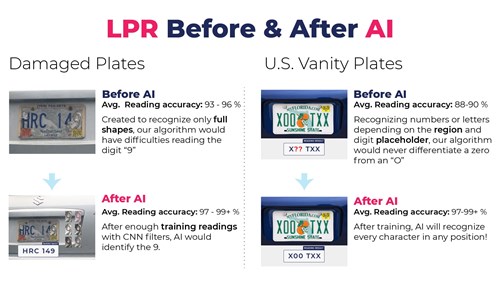
Regional plates
There are some countries like America. Different board designs and structures for each state; In the past, we had to manually add each region to the algorithm, which limited our access and made it slow. In this case, it was enough to train the AI model with plates from each region to solve this problem.
Broken plates
Always challenging, damaged plates show incomplete or damaged characters, almost impossible to read using the traditional approach. Now, CNN technology is good at identifying incomplete characters because they are. “keep in mind” Ability to combine past experiences, deductive and logical reasoning at the same time.
Vanity plates
One of the most difficult tests for LPR because these plates are used Personalized combinations Absence of letters and numbers, regional patterns of any kind… Aka “Perfect job for CNN!” Because it frees LPR systems from using character position as a key factor to identify each character. I-Powered LPR systems can read any character anywhere, so blank plates are no longer a threat to LPR!
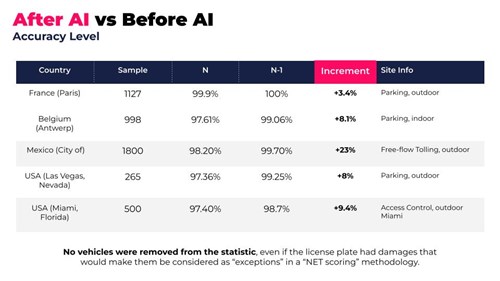
* These values are from real sites. Each shipment may offer different prices based on many factors.
They have also become our reading More reliable and useful Thanks to a significant improvement in the level of self-confidence (the level of certainty of the system in its own performance); AI has helped us incorporate as many variables as possible into this complex calculation.
Wrapping up
Our success depends on our firmware being accurate, fast and as simple as possible, that’s why we exist Constantly updating (and distributing) our Firmware, training AI modules with more data or optimizing each line of code.
Artificial intelligence can help to achieve unmatched levels of accuracy by making vehicle-related tasks easier to identify, control and bill. So yes, artificial intelligence represents a refined, elegant yet definitive LPR revolution..
About Servicing. 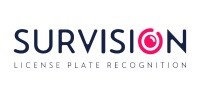
Service is a global leader in License Plate Reading (LPR). Since 2001, the solutions have been deployed in more than 30 countries with more than 20,000 sensors, thanks to a network of 300 value-added integrators. The quality of the R&D team enables SURVISION to develop a complete set of innovative solutions for smart-city, smart-parking, law enforcement, toll collection, car-park management and local authorities with world-class integrations.
[ad_2]
